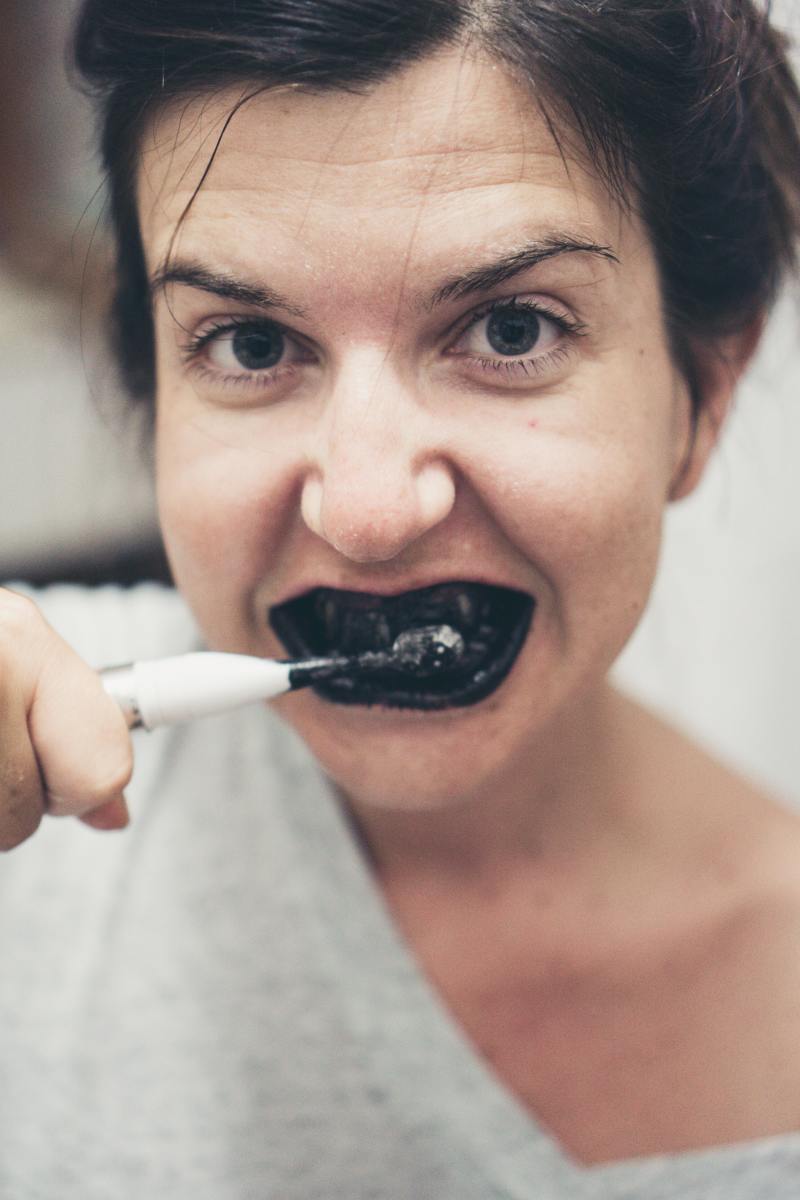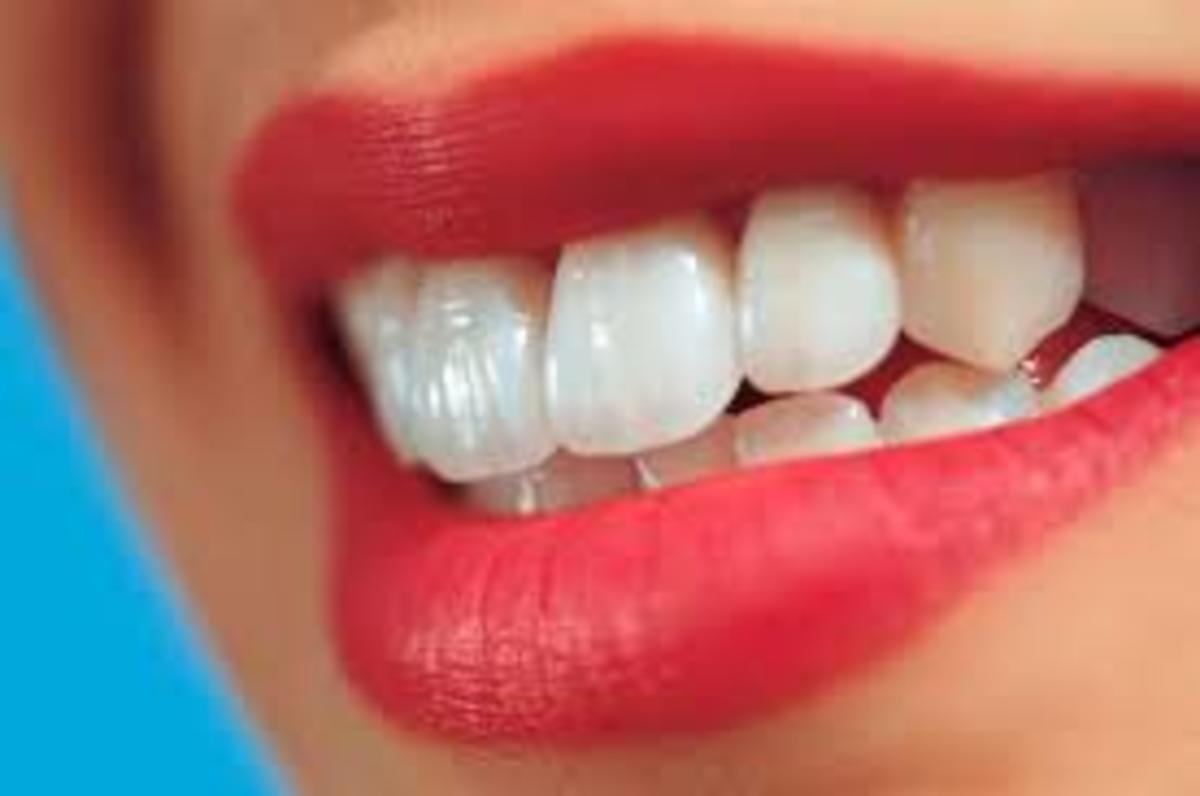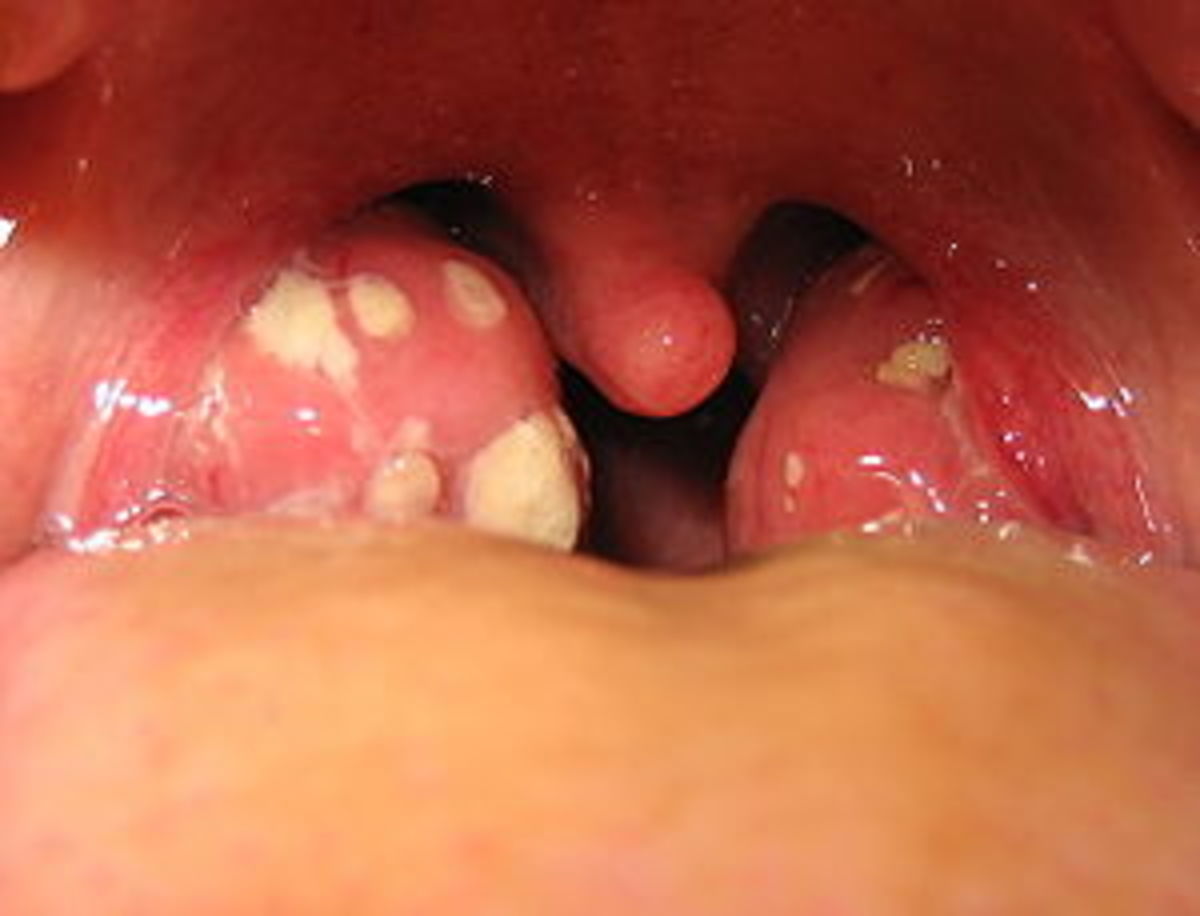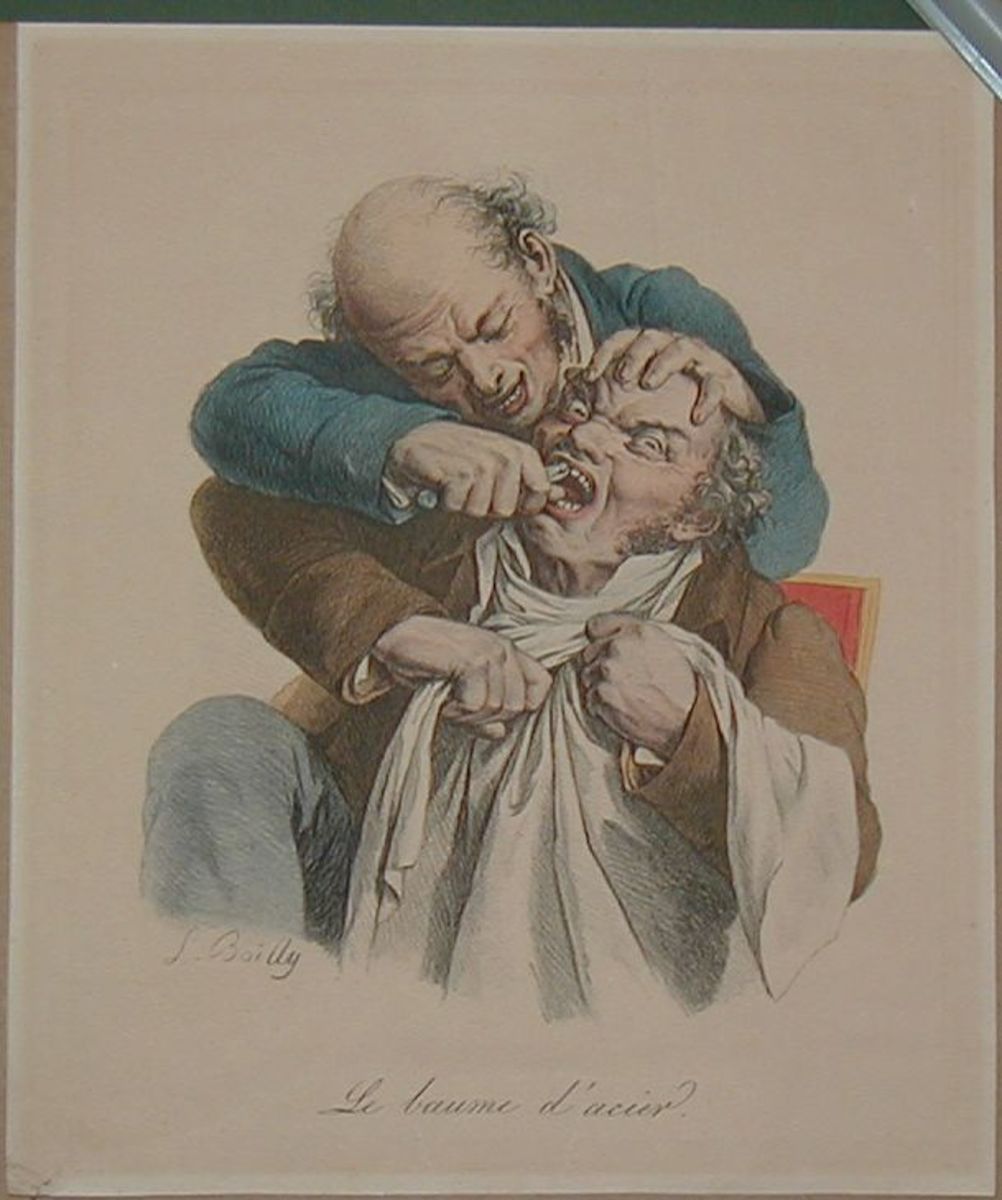How to Treat Tooth Sensitivity
What is Tooth Sensitivity?
Tooth sensitivity, generally referred to by dentists as dentinal hypersensitivity, is a dental condition affecting the teeth where certain stimuli, such as hot, cold, sweet or sour food and drinks, trigger an excessive reaction in a specific tooth or teeth. The reaction is usually short, sharp and sudden and goes away almost as quickly as it occurs.
It is important to differentiate tooth sensitivity from other types of pain associated with the teeth as it may be an indication of other underlying dental pathologies in progress. Generally, pain that is worsening over time, longer lasting, pain on biting, or pain that is throbbing in nature are often indicative of something more sinister.
What are the Causes of Tooth Sensitivity?
To understand tooth sensitivity, it is important to understand the anatomy of a tooth. A tooth contains three major parts – the pulp (which contains the nerves and blood vessels), the dentine (which surrounds the pulp and contains a number of nerve endings) and the enamel (which covers the part of the tooth that is exposed in the mouth – the crown). The root of the tooth is usually buried under the gums.
When dentine is exposed – either through receding gums or breaks in the enamel that expose the dentine – tooth sensitivity often follows because various stimuli, such as hot, cold, sweet or sour food and drinks, in the mouth are able to trigger the nerve endings in the dentine.
Dentine exposure may occur from:
- Brushing too hard which leads to the wearing away of enamel, exposing the dentine. It can also cause gum recession which exposes root dentine.
- Gum recession which may be the result of age or gum disease.
- Age – tooth sensitivity appears to be most prevalent between the ages of 25-30 years old.
- Cracked teeth which can open a communication from the surface of the tooth to the nerve endings in the dentine. If left untreated, over time, plaque bacteria are able to penetrate the dentine and reach the pulp leading to more serious and permanent damage to the tooth.
- Teeth grinding which can wear down enamel and expose underlying dentine.
- Certain mouth rinses which are acidic in nature can increase the risk of developing tooth sensitivity if used too frequently over a prolonged period of time.
- Tooth whitening
- Frequent consumption of acidic foods, such as citrus fruits and red wine, which can cause erosion of the enamel leading to exposure of dentine.
- Tooth decay
- Routine dental procedures which can lead to temporary sensitivity. Procedures such as cleaning, placement of a crown, or fillings may result in temporary tooth sensitivity, however these often disappear after about 4 to 6 weeks.
How to Prevent and Treat Sensitive Teeth?
1. Good Oral Hygiene
It is important to clean your teeth thoroughly to prevent gum disease. Brushing and flossing all around your teeth can help to prevent gum disease which can lead to dentine exposure and subsequent tooth sensitivity over time.
2. Brush Gently
Statistics show that two out of three people are brushing too hard. The pressure required to achieve effective tooth brushing is minimal. As long as there is contact between the bristles and your teeth, there is sufficient pressure. If your toothbrush bristles splay with use, you are brushing too hard.
3. Use a Soft Bristled Toothbrush
These days, there are “sensitive” toothbrush designs available in the market which are designed to be gentle on the teeth and kind to your gums. These help to prevent or reduce enamel wear and gum recession.
4. Use a Sensitive Toothpaste
There are many types of toothpastes available on the market which can be used to treat sensitive teeth. The common active ingredients are either a potassium salt, such as potassium nitrate, or strontium chloride. Potassium nitrate reduces sensitivity by “desensitising” the nerve endings to make them less sensitive to stimuli. Strontium chloride works to occlude the dentine and block the stimuli from reaching the nerve endings.
It normally takes at least two to three weeks of regular brushing with sensitive toothpastes before any improvement in tooth sensitivity may be noticed. To increase the effectiveness of sensitive toothpastes, you need to increase the contact time between the toothpaste and the teeth. One way to achieve this is to smear the toothpaste over your teeth before you sleep and leave it on overnight rather than simply brushing with it. You will also require continued use of a sensitive toothpaste to maintain the relief from tooth sensitivity.
5. Avoid Tooth Whitening Procedures
If you have sensitive teeth, you should avoid all tooth whitening procedures as they can worsen the sensitivity of your teeth. Also avoid using tooth whitening toothpastes as they tend to be more abrasive than normal toothpastes and increase wear on your teeth and recession of your gums.
6. Limit Intake of Acidic Foods
Eating too much highly acidic foods cause erosion of the enamel and expose dentine. Acidic foods also aggravate tooth sensitivity. By limiting your consumption of these foods, you can reduce tooth sensitivity. Another option is to neutralise the acids after consumption of such foods. Try rinsing with bicarbonate of soda mixed with water.
7. Use Fluoridated Dental Products
Regular rinsing with a fluoridated mouth rinse can decrease sensitivity because fluoride strengthens the tooth structure.
8. Wear a Mouth Guard
If you grind or clench your teeth at night, it is important to wear a mouth guard to protect your teeth from further damage. Your dentist can make you a personalised mouth guard or you can buy a custom mouth guard from a pharmacy.
9. Visit Your Dentist
If you have tooth sensitivity, it is important to visit your dentist to eliminate other potential causes of tooth sensitivity, such as tooth decay, cracked teeth. Your dentist can treat these problems by placing the necessary fillings and performing other dental procedures that are required. Additionally, your dentist can also apply specific fluoride treatments to your teeth that can dramatically reduce tooth sensitivity.









